Table of contents
A bedtime story for preschoolers is more than a charming nightly ritual; it is a powerful tool that nurtures early literacy, emotional connection, imagination, and healthy sleep patterns. For many families, settling a young child at night can be a challenge, and the right story often becomes the bridge between high-energy afternoons and calm, restful sleep. Whether you are a parent, caregiver, or educator, choosing the perfect bedtime narrative takes thoughtful consideration. Preschoolers are developing rapidly, and the stories you select can influence their language skills, curiosity, sense of security, and long-term love for reading.
This guide provides a comprehensive, easy-to-follow framework that helps you choose an enriching bedtime story for preschoolers—one that is calming, meaningful, developmentally appropriate, and memorable. You will find detailed insights, practical tips, curated lists, and clear strategies to make bedtime smoother and more enjoyable for both you and your child.
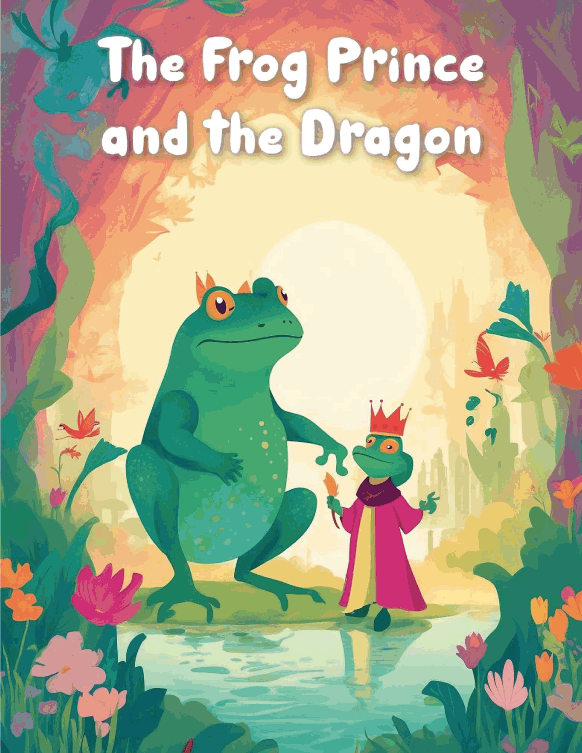
Why Choosing the Right Bedtime Story Matters
Selecting the right bedtime story for preschoolers is not merely about entertainment. Stories written for this age group can support multiple areas of development:
Cognitive Growth
Preschoolers absorb words, patterns, and ideas at remarkable speed. A well-chosen bedtime story for preschoolers exposes them to new vocabulary, simple sentence structures, and narrative flow. Children naturally begin to anticipate story outcomes, recognize patterns, and understand sequencing.
Emotional Comfort
Stories provide a gentle transition from the active hours of the day to the calm needed for sleep. A soothing bedtime story for preschoolers reassures them, helping reduce nighttime anxiety or separation fears. Characters who face relatable challenges—such as learning to share or feeling nervous—can help children process their own internal experiences.
Bonding and Connection
Shared reading deepens a child’s sense of safety and closeness with the adult reading to them. The act of choosing a bedtime story for preschoolers, settling into a quiet space, and sharing a narrative builds trust and strengthens relationships.
Routine and Predictability
A consistent bedtime routine anchored by a bedtime story for preschoolers signals that the day is ending. The familiarity of the flow—bath, pajamas, reading—helps children regulate themselves and fall asleep more easily.
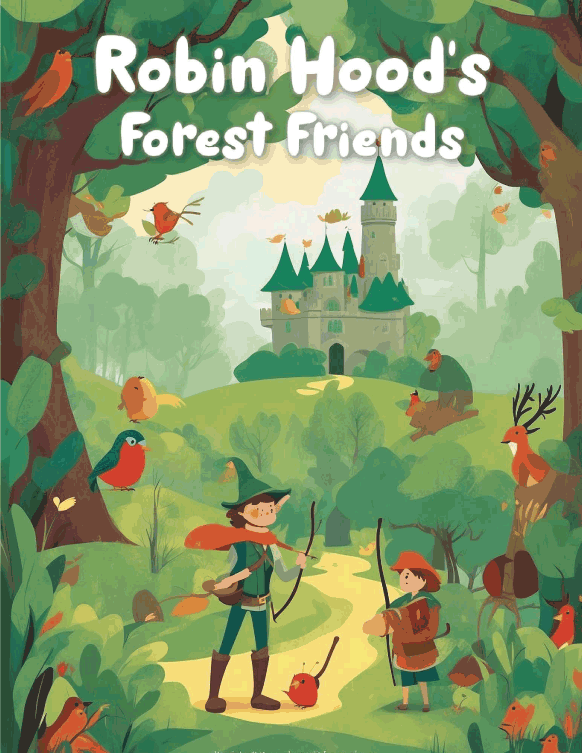
Key Factors to Consider When Selecting a Bedtime Story for Preschoolers
Choosing the ideal story is not always straightforward. Here are the essential criteria to help guide your decisions.
1. Story Length and Pacing
A good bedtime story for preschoolers should be short enough to hold attention but long enough to feel satisfying. Preschoolers typically prefer stories that last between 5 to 10 minutes, containing a clear beginning, middle, and end.
What to look for:
- Slow pacing
- Gentle transitions
- Limited plot complexity
- Predictable structure
Stories with fast action or intense suspense may overstimulate children right before sleep.
2. Tone and Mood
A calming tone is essential in a bedtime story for preschoolers. Choose stories with soft themes, rhythmic language, and soothing imagery.
Ideal tones include:
- Gentle and reassuring
- Warm and loving
- Imaginative but quiet
- Rhythmic or melodic
Avoid themes that involve fear, danger, high-energy excitement, or loud humor.
3. Visual Appeal
Illustrations matter deeply at this age. The pictures should complement the calmness of the narrative. Overly bright colors, busy patterns, or action-packed drawings may overwhelm children who are trying to wind down.
Focus on:
- Soft color palettes
- Simple imagery
- Cozy nighttime scenes
- Friendly, approachable characters
4. Developmental Sensitivity
A strong bedtime story for preschoolers aligns with their cognitive, emotional, and social development.
Features to prioritize:
- Relatable themes such as friendship, kindness, family, or exploring new experiences
- Repetitive phrases that encourage participation
- Characters that model positive behavior
- Concepts that are easy to understand without needing additional explanation
5. Sound and Rhythm
Preschoolers respond beautifully to rhythm, rhyme, and repetition. These elements influence how soothing a bedtime story for preschoolers feels.
Examples include:
- Gentle poetry or rhyming couplets
- Repetitive refrains
- Lyrical storytelling
- Soft, steady tempo
Stories with consistent rhythm can help children relax and cue their brains for sleep.
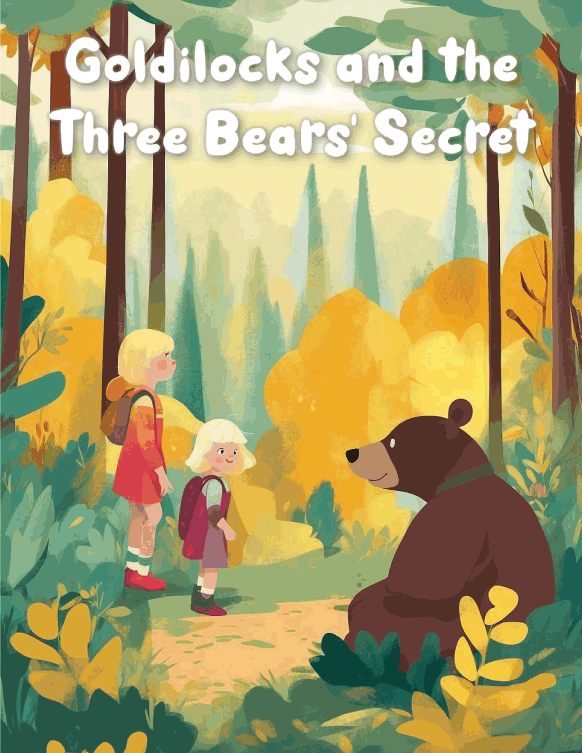
The Role of Themes in a Bedtime Story for Preschoolers
Preschoolers naturally connect with themes that reflect their emotional world. Selecting the right theme can enhance engagement and soothe nighttime worries.
Calming and Comforting Themes
A bedtime story for preschoolers often focuses on themes such as:
- Love and bonding with family
- Feeling safe
- Exploring bedtime rituals
- Friendship and kindness
These themes reinforce security and reassurance.
Imagination and Wonder
Preschoolers thrive on imaginative play. A whimsical bedtime story for preschoolers can nurture creativity while remaining calm.
Ideal themes include:
- Gentle animal adventures
- Dreamlike journeys
- Magical creatures that are friendly, not frightening
Emotional Development
Stories that help children identify and manage emotions work particularly well at night.
Examples include:
- Handling big feelings
- Overcoming small fears
- Learning new skills
Familiar Experiences
A bedtime story for preschoolers that mirrors a child’s routine helps them feel understood and grounded.
These include narratives about:
- Getting ready for bed
- Visiting grandparents
- Starting a new day
- Navigating preschool experiences
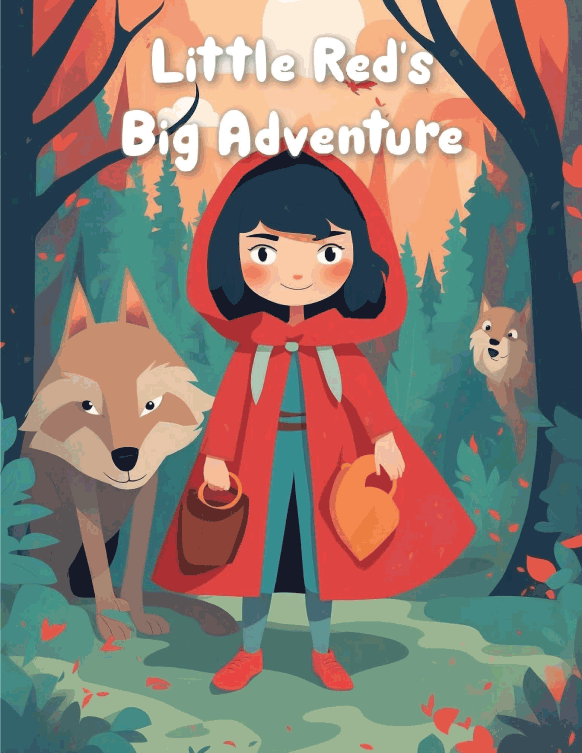
Building an Effective Bedtime Story Routine
Choosing the story is only part of the process. Establishing a consistent routine enhances the effectiveness of any bedtime story for preschoolers.
Create a Calm Reading Environment
Dim lighting, soft bedding, and minimal noise help set the mood. Children read the environment as much as the story.
Make the Reading Interactive
While bedtime requires calm, gentle interaction supports engagement.
Suggestions:
- Ask simple questions about the pictures
- Encourage children to guess what happens next
- Point to illustrations as you read
- Read slowly with expressive but quiet tones
Follow a Consistent Schedule
Predictability reduces bedtime resistance. Ensure the bedtime story for preschoolers occurs at the same point in the nightly routine.
Keep Multiple Options Available
Children enjoy choice. Let them select from two or three curated books to foster independence.
Recommended Qualities of an Ideal Bedtime Story for Preschoolers
Below is a checklist summarizing what makes a bedtime story for preschoolers ideal:
- Calm tone and soothing mood
- Short, simple plot
- Gentle illustrations
- Rhythmic or repetitive language
- Themes of love, comfort, imagination, or routine
- Friendly and relatable characters
- No frightening or overly stimulating content
This checklist can guide purchasing decisions or help you select books from a library.
Bedtime Stories for Kids: Calm, Cute, and Full of Imagination
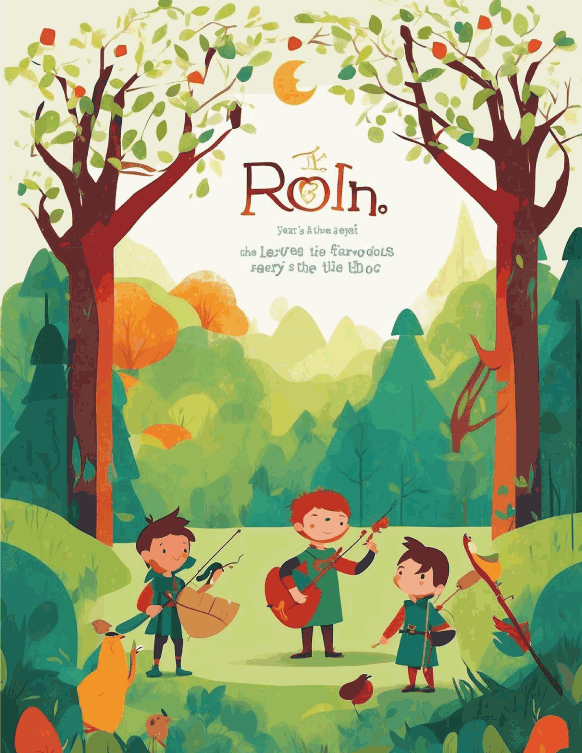
Examples of Popular Bedtime Story Types
Here are categories that consistently work well when selecting a bedtime story for preschoolers:
Stories About Animals
Children connect naturally with animal characters. Stories featuring baby animals or cozy nighttime scenes create a sense of warmth.
Stories About Family
Books about mothers, fathers, grandparents, or siblings often provide safety and familiarity.
Rhyming and Lyrical Books
A rhythmic bedtime story for preschoolers promotes relaxation and supports early language development.
Gentle Adventure Tales
Soft explorations—such as a child wandering through a dream garden or traveling with a friendly creature—stimulate imagination without overstimulation.
Mistakes to Avoid When Selecting a Bedtime Story for Preschoolers
Even well-meaning adults sometimes choose stories that unintentionally make bedtime harder.
Avoid:
- High-energy plots
- Scary characters or dark themes
- Stories with loud humor or chaotic visuals
- Overly long books
- Vocabulary or concepts too advanced for preschoolers
A high-quality bedtime story for preschoolers should calm, not challenge or excite young readers right before sleep.
How to Evaluate a New Bedtime Book
When previewing a new bedtime story for preschoolers, consider the following questions:
- Does the narrative remain calm from start to finish?
- Are the illustrations soothing and simple?
- Is the language rhythmic or gentle?
- Will the theme resonate with a preschooler’s emotional world?
- Does the story fit within your child’s bedtime time frame?
If the book passes these questions, it is likely a strong choice.
Conclusion:
Choosing the perfect bedtime story for preschoolers is an investment in a child’s emotional wellbeing, literacy development, and sleep quality. A thoughtful, calming story reinforces routine, provides comfort, reduces nighttime anxiety, and nurtures early language skills. By focusing on tone, pacing, visuals, themes, and developmental appropriateness, you can create a bedtime reading experience that your preschooler will look forward to each night.
Bedtime storytelling becomes more than a task—it becomes a cherished window of connection. With the right approach and a curated selection of stories, you can transform your evenings into peaceful, meaningful moments that support your child’s growth and happiness.
🌟 Here are 5 wonderful stories your child will love! 🌟